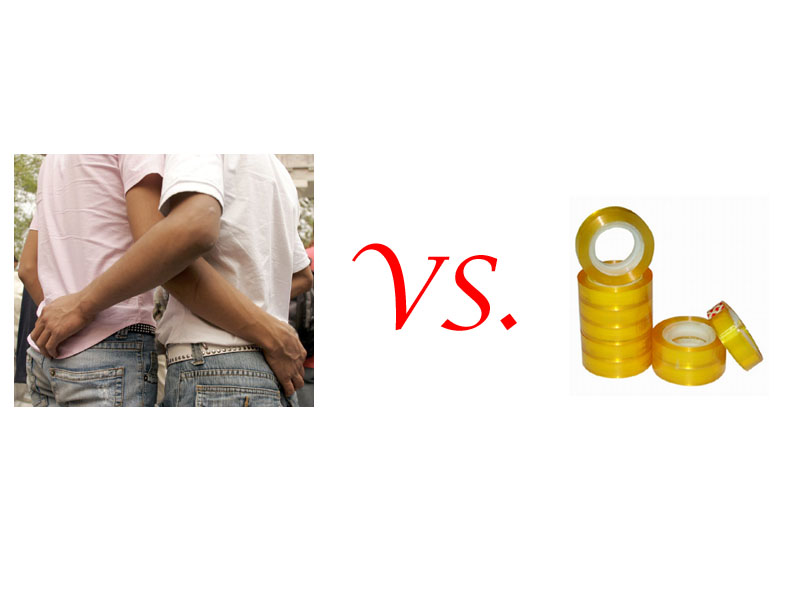
This documentary consists of an Introduction, nine shorter parts (approx. 7-13 minutes long) sorted chronologically and a Credits section. The nine sections follow Whitman’s life from his early days in New York, through his difficulties with publishing Leaves of Grass and his Civil War experiences, all the way to his last editing attempts in the “Death-Bed Edition” of Leaves.
Personally, I liked the Slavery and the Coming Crisis section best. Whitman’s life in New Orleans and the influenc
es there are very well portrayed in this part of the documentary. I very much agree with Ed Folsom saying: “He sees slave auctions take place. And as he sees bodies of human beings for sale he is stunned by the brutality and the sheer physical force of the experience.” Although we did mention this in class, I was captured by the phrase sheer physical force which seems so Whitmanian. I could see myself there, alongside Whitman, being stunned by the awful practices
that were carried out. The archival images during this part of the documentary were really vivid and they contributed to this realistic feeling.
This documentary could be really useful not just for my project but for all of our final projects. It is well divided in thematic sections which deal with specific topic in Whitman’s career as a poet and his life. Since I haven’t been reading into literary critiques of the scholars, novelist, biographers and writers that contributed to this documentary, I am not entirely sure if there were many new ideas or thoughts expressed. Nonetheless, this could be a great resource for a multimedia project if any of the students decide to go in that direction.

 “I saw the marriage of the trapper in the open air in the far-west . . . . the bride was a red girl,
“I saw the marriage of the trapper in the open air in the far-west . . . . the bride was a red girl,